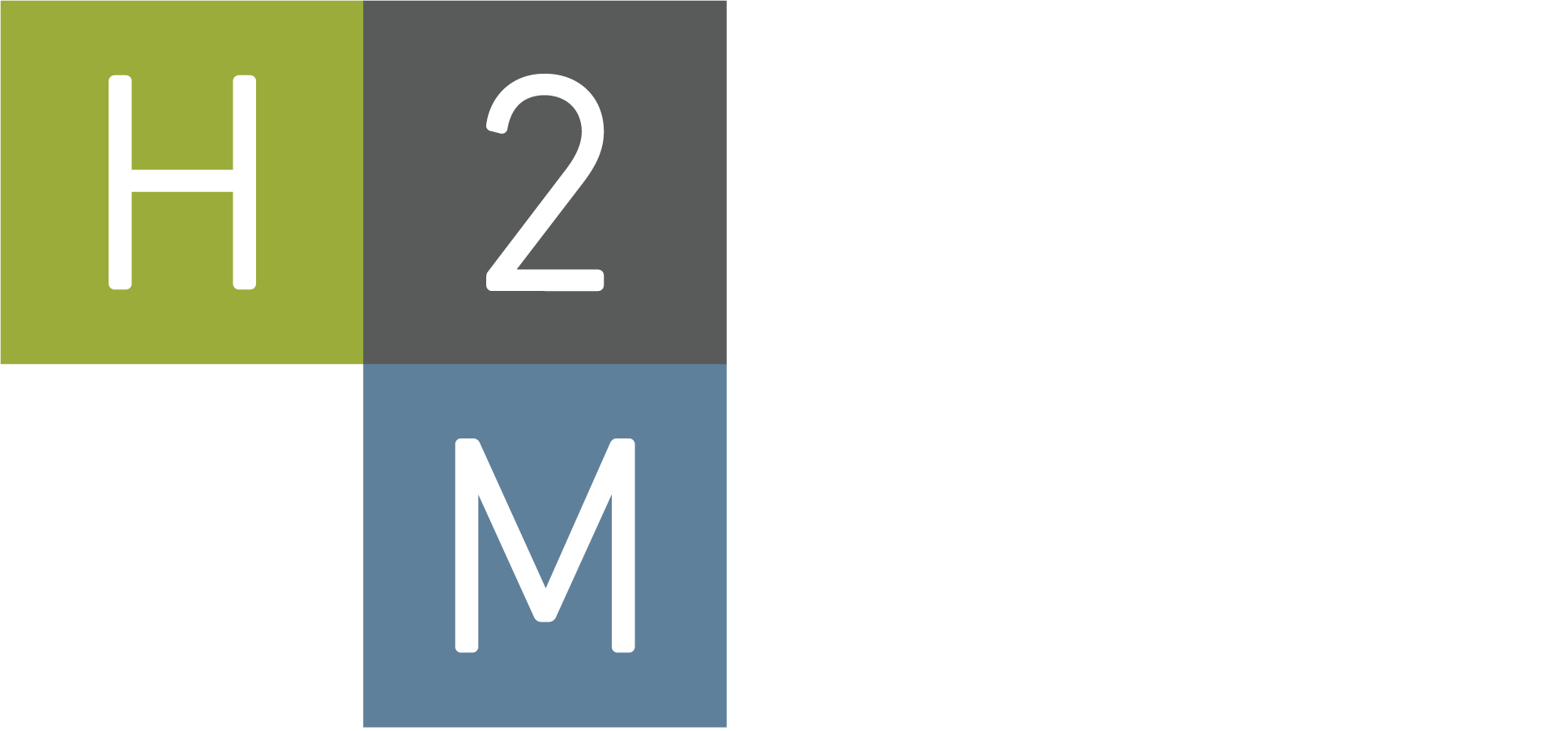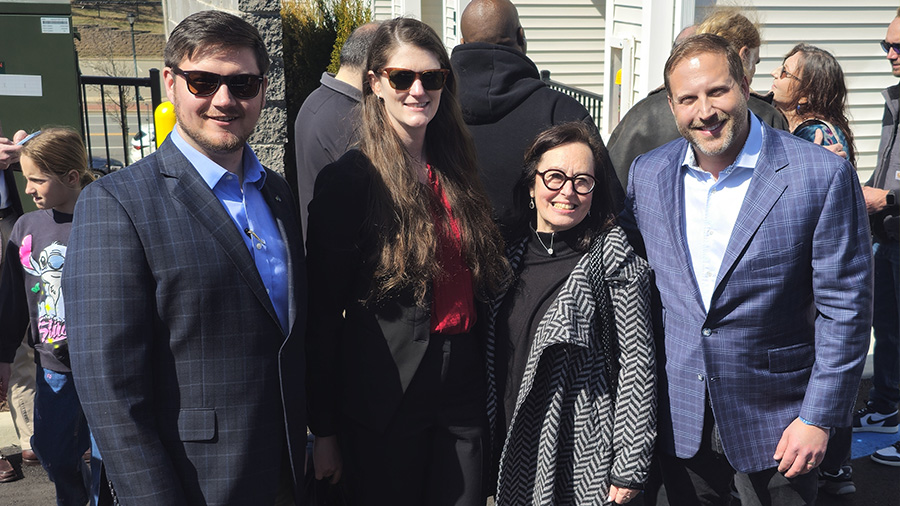H2M was selected by the Brick Township Municipal Utilities Authority (BTMUA) to provide professional engineering services to comprehensively evaluate its system assets, existing and future demand centers, special regulatory criteria as a surface water supplier in NJ Water Supply Critical Area #1 – and combine those demands and constraints into a new Water Supply Master Plan document to be used as a living planning tool to assist in the MUA’s growth and resilience.
The H2M team, utilizing a system model constructed for this engagement, will provide BMUA with an operational support tool designed to facilitate planning and operational decision making at the field and executive levels. Master planning, including robust regulatory status and future compliance evaluations are part of the deliverable. The analytical efforts conceived under this master planning effort is diverse. Once the existing conditions have been evaluated and a potential future state is defined, the H2M led team will assist BMUA in conducting a gap analysis, which identifies any differences between existing assets and goals for the planning period. The results of the condition assessment, supply source analysis, and water resources projections will be used to arrive at one of three potential outcomes:
- A component meets its standard both now and at the end of the planning period.
- A component meets its standard now, but may not meet it by the end of the planning period, either due to anticipated deterioration or different performance/capacity requirements in the future.
- A component does not meet its standard now. The components that are not expected to meet their standards by the end of the planning period will then be assigned criticality scores, which will be combined with the magnitudes of the gaps to develop risk priorities. The components will be compared to two primary sets of constraints or regulatory stressors: performance criteria with regard to supply resiliency, and performance criteria with regard to finished water quality and quantity. The regulatory framework established by the MUA’s Water Allocation Permit and various Permits-to-Operate (via Bureau of Water System Engineering) will provide a clear picture of existing constraints, and a starting point for evaluating the effects of future environmental changes and finished water quality requirements.
Finally, a triple-bottom-line framework will be applied to project alternatives. In order to streamline the planning and execution of sustainable practices, our team has employed the triple bottom line framework of the Envision Sustainable Rating System as a powerful project guidance and decision-making tool, successfully using it as a vehicle to address the full spectrum of disciplines under the umbrella of sustainability. Envision was developed by the Zofnass Institute of the Kennedy School of Government at Harvard University, in collaboration with the American Society of Civil Engineers, American Council of Engineering Companies, and the Institute for Sustainable Infrastructure.



